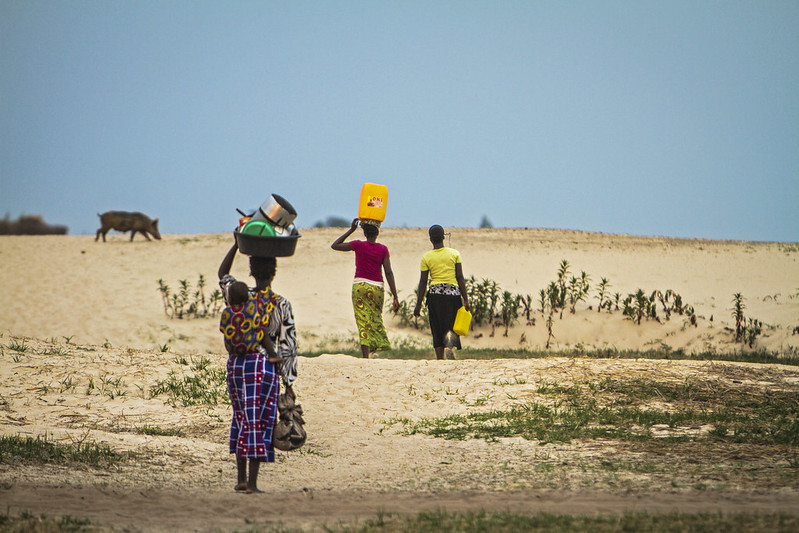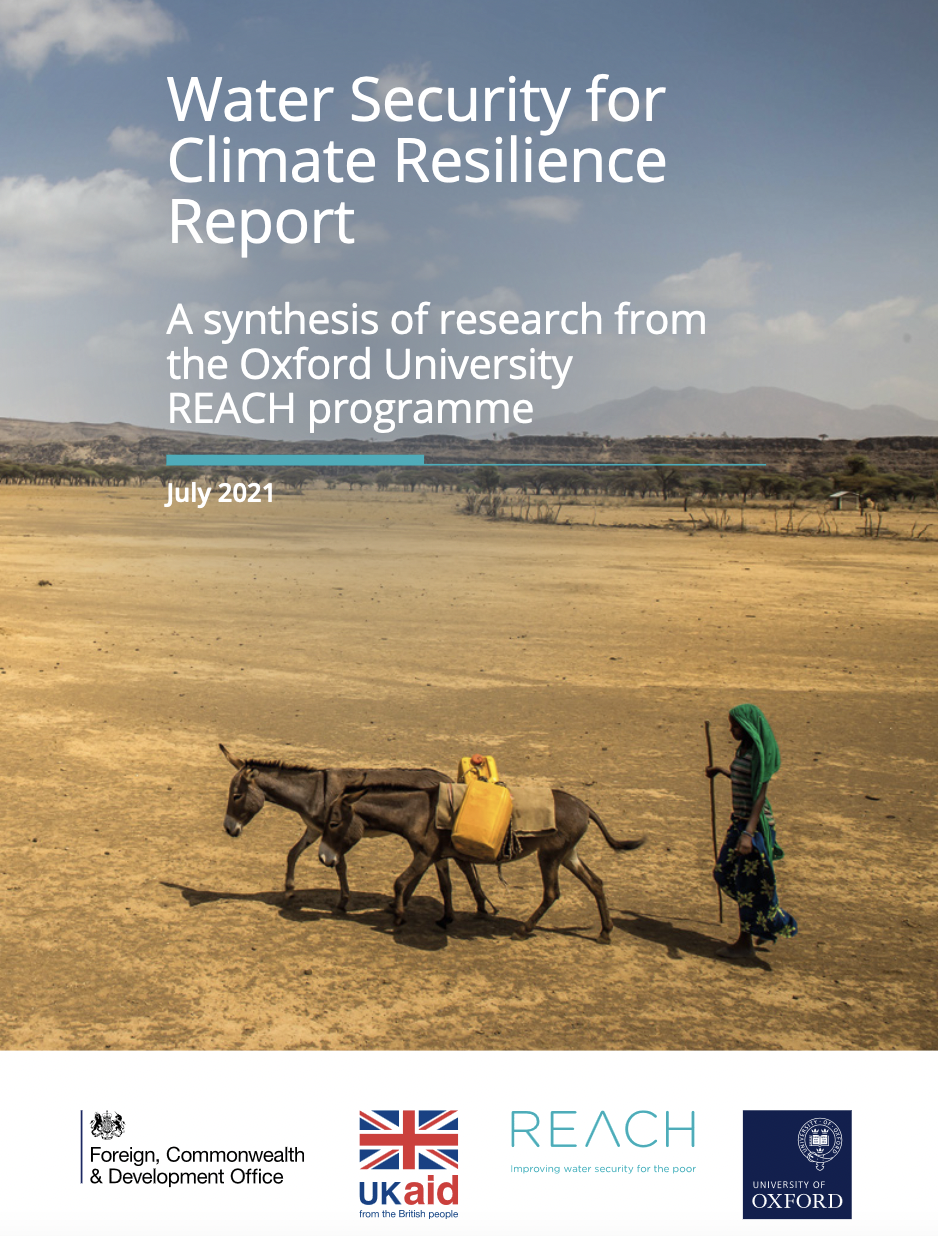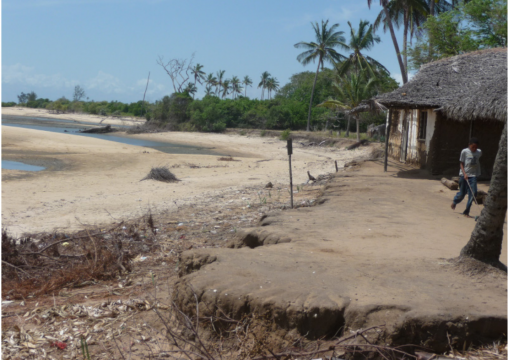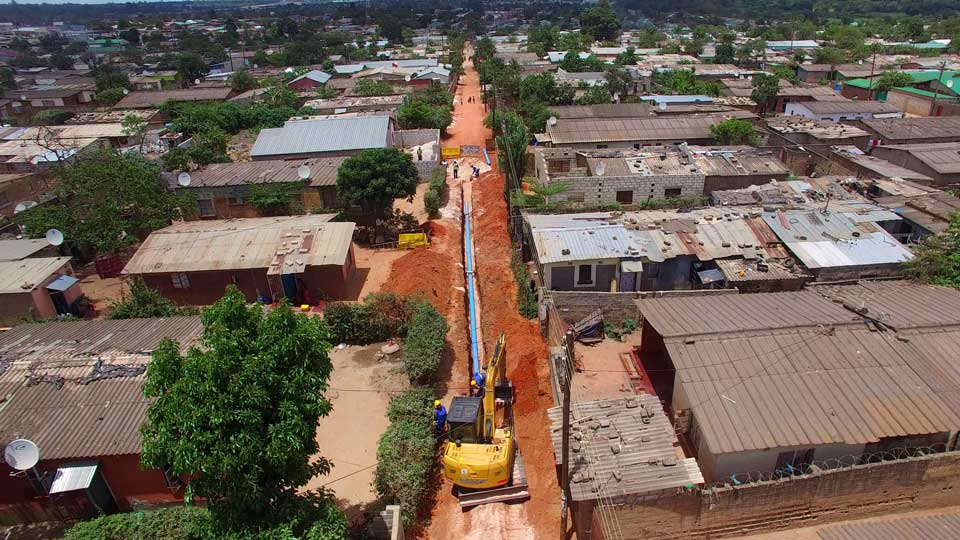Engaging with the politics of climate resilience towards clean water and sanitation for all

Introduction
Climate resilient development has become the new paradigm for sustainable development influencing theory and practice across all sectors globally—gaining particular momentum in the water sector, since water security is intimately connected to climate change. Climate resilience is increasingly recognised as being inherently political, yet efforts often do not sufficiently engage with context-specific socio-ecological, cultural and political processes, including structural inequalities underlying historically produced vulnerabilities. Depoliticised approaches have been shown to pose barriers to concerted and meaningful change.
In this article, world-leading water specialists from academic and practitioner communities reflect on, and share examples of, the importance of keeping people and politics at the centre of work on climate resilient water security. The authors propose a roadmap to meaningfully engage with the complex politics of climate resilient water security. It is critical to re-politicise climate resilience to enable efforts towards sustainable development goal 6—clean water and sanitation for all.
This weADAPT article is an abridged version of the original text, which can be downloaded from the right-hand column. Please access the original text for more detail, research purposes, full references, or to quote text.
1. Resilience of what?
Beyond infrastructure—resilience of water resources, institutions and users. Mainstream (depoliticised) ideas of climate resilience are born from engineering approaches that use hydroclimatic information and invest in technological, infrastructure-based solutions. However, for sustainable water security for all, a holistic approach is necessary that includes the resilience of water users and local institutions, water resources and aquatic ecosystems, alongside water infrastructure.
Resilience of relationships—climate resilient water security necessitates engaging with context-specific governance structures and institutional norms. Working in fragile and protracted crisis contexts requires building relationships with a complex web of stakeholders while navigating sensitive local institutional norms as well as socio-cultural and political processes.
2. Resilience to what?
Smaller variations in water quantity and quality are as important as extreme events. Water-related climate shocks, extreme drought or flooding events that result in humanitarian disaster, deservedly receive high attention. However, smaller changes in seasonal rainfall variability can have devastating impacts on rainfall- dependent communities. The inclusion of multiple levels of climate variability in climate resilience fosters equitable approaches through a heightened focus on those that are more vulnerable to less extreme variability.
Building resilience to changing patterns in climate hazards and variability requires politicised decisions about how to use climate information. There is a substantial politicised requirement for navigating the tension between climate information that is both uncertain and trustworthy. The success of interventions based on reliable climate information is underpinned by complex political realities that must be sufficiently emphasised when climate information is being generated and shared. Moreover, it is crucial to look at existing capabilities and localised knowledge that can directly support adaptation efforts in the path towards long-term resilience.
3. Resilience over what time frame?
Protracted social and environmental issues require long-term engagement, yet the norm in the development sector is short-term, technical projects driven by value-for-money thinking and a fear of engaging with complex, intractable problems. However, there is added value in longer-term investments.
There must be action to address current climate variability, without deferring to ‘uncertainty’ as a reason to hesitate in investment. Uncertainty should not be used as a reason to not act—there are immediate water challenges posed by existing climate variability that can be effectively addressed with flexible approaches to resilience building now, despite uncertain future spatial and temporal changes in water availability and distribution.
4. Resilience for whom?
Reducing vulnerability and preventing maladaptation. Poor design is one of the main causes of maladaptation, resulting from sidestepping local knowledge and priorities. To avoid this, there is a need to ask: who are the people at the centre of resilience building and what is their role in designing strategies?
Embedding values for universal impact. Local values-based approaches are particularly useful for generating context-specific indicators for how climate resilience can be monitored and measured over time. Placing values at the centre of climate resilience offers a politicised and human approach that acknowledges the importance of contextual working for vulnerability reduction and understanding that climate resilience means different things to different people.
5. Resilience by whom?
Including diverse actors can expose, and allow operation within, power imbalances across scales. Critical reflection opens a fundamentally political debate that exposes power imbalances and processes that underpin cultural and epistemic hegemony, inequalities and exclusion. It is essential to engage meaningfully with these debates, in order to interrupt the reproduction of the inequitable distribution of capacity, participation and funding, hence inequitable climate vulnerability and water insecurity over time and across scales.
Gendered approaches are essential for building climate resilience. This reality must shape who is included, what issues and solutions are financed and how success is measured when seeking to meet SDG 6.
6. Resilience at what scale?
Scaling-up solutions while maintaining context specificity. Strategists and donors seek to scale-up solutions for climate resilience to get value for money while local practitioners and the research community call for nuanced approaches that recognise inequities, power imbalances and variation in values across contexts. There are ways to achieve both; for example, community participation, though not an easy or straightforward solution, has been shown to support appropriate and sustainable interventions while facilitating shared learning of successes across contexts.
Identifying the scale of ambition from the outset. Scale is not always explicitly considered in efforts towards resilience building, despite the need for different types of interventions. In pursuing SDG 6, it is critical that any delineation seeks to ensure that the benefits of any efforts are shared with the most vulnerable and marginalised.
Concluding remarks
In order to tackle inequities, and achieve the SDGs, more attention should be paid to contending with the political nature of climate resilience. Whilst the impacts of the climate emergency are most visible in the natural environment—the causes, and wider effects, are rooted in human behaviour, political processes and gendered socio-cultural norms. So, whilst increasing climate information, financing and technical capacity for flexible and dynamic systems is essential within climate resilient development efforts, alone, they are insufficient.
Climate resilience helps bridge epistemic, sectoral and area divides supporting collaborative working within sustainable development efforts. However, there must be greater consideration of the socio-ecological resilience and context-specific values of marginalised communities and meaningful engagement with the most vulnerable in decision making. This must go hand-in-hand with acknowledging and challenging historical legacies and gendered power inequalities for climate resilient water security for all. Despite its rise in prominence, climate resilience is not a panacea; resilience means different things across scales, sectors and society and it can only be meaningful from a contextual perspective.
Citation
Grasham, C.F., Calow, R., Casey, V. et al. (2021). Engaging with the politics of climate resilience towards clean water and sanitation for all. npj Clean Water 4, 42. https://doi.org/10.1038/s41545-021-00133-2




(0) Comments
There is no content